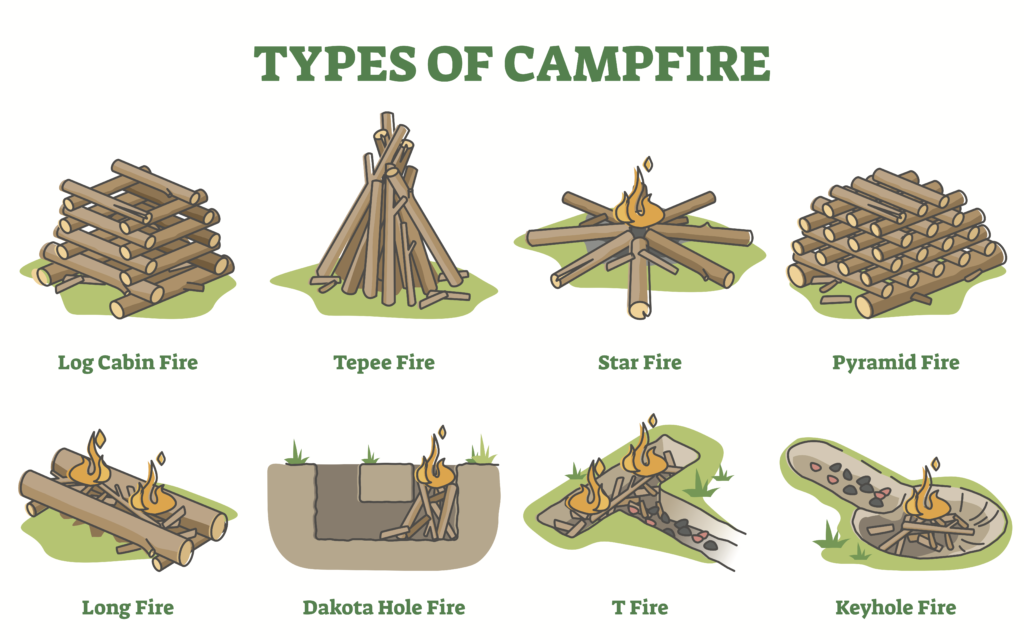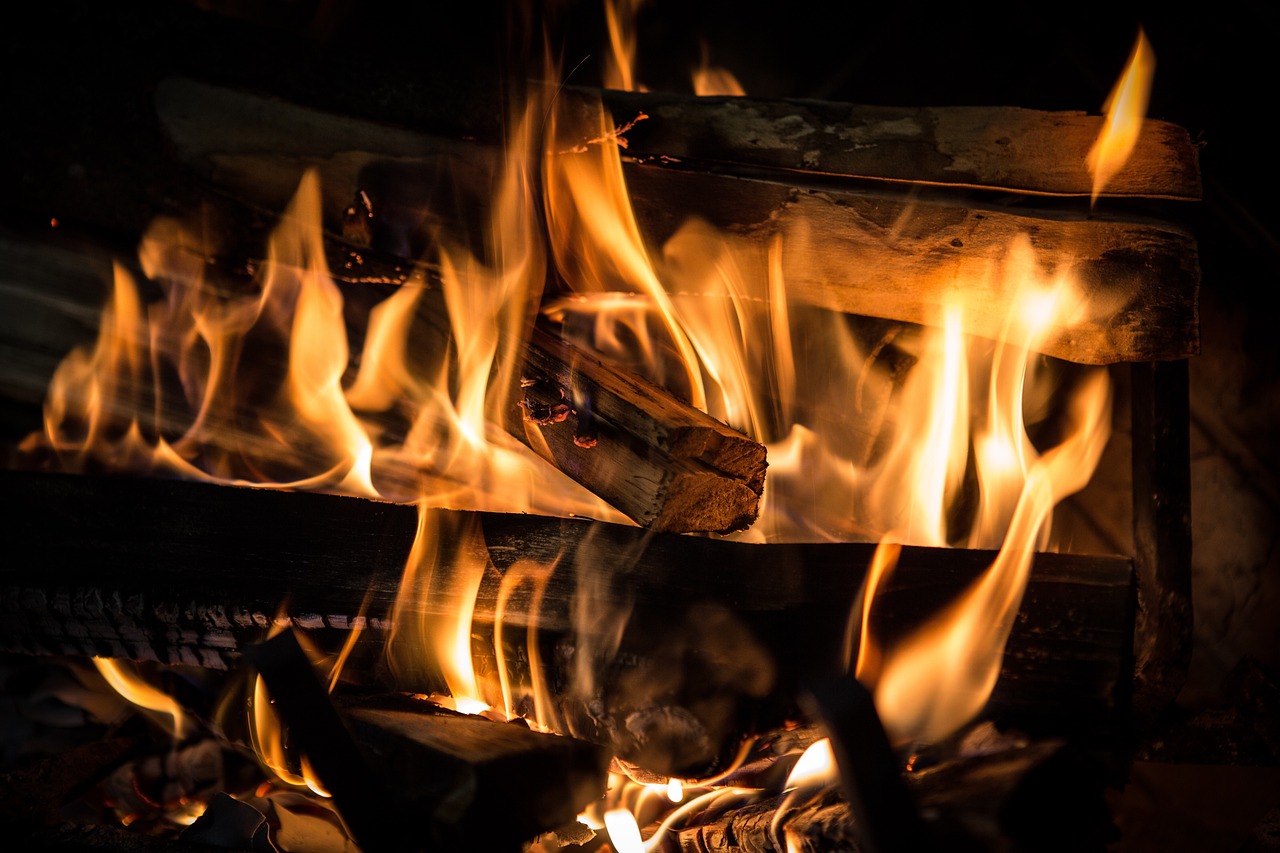Building the Perfect Campfire
The Campfire has long held a special place in human culture, serving as a source of warmth, light, and companionship for countless generations. Despite their simplicity, building the perfect campfire requires careful attention to details such as fuel, structure, the right tools and safety. This essay will explore the essential elements needed to construct a flawless fire while considering the key factors that contribute to its succes
Choosing the Right Campfire Fuel
Selecting the appropriate fuel is crucial to building a successful fire. Dry firewood, preferably hardwood, should be the foundation of any well-built fire. Hardwood, such as oak or birch, burns hotter and longer than softwood, such as pine or fir. Additionally, using dry firewood ensures that your fire does not produce excessive smoke, which can irritate the eyes and pollute the environment. By taking the time to gather and prepare the right fuel, one can establish a solid base upon which a perfect fire can flourish.
Creating an Effective Structure
Building an efficient structure is another critical element in constructing your fire. The most common technique is the teepee structure, where firewood is arranged in a cone shape. This design allows for air circulation and ensures that the flames will ignite consistently throughout the woodpile. Furthermore, placing kindling at the center of the structure helps to ignite the fire more easily. It is essential to layer progressively larger pieces of wood on top of the structure, ensuring a steady stream of fuel to sustain the fire. By mastering the art of creating the ideal structure, one can enjoy a fire that burns brightly and steadily.

Campfire Safety
While enjoying the warm glow of a campfire, safety should always remain a top priority. Several precautions must be taken to prevent accidents or potential wildfires. First, it is necessary to make sure the fire is built at a safe distance from flammable objects such as tents, bushes, or overhanging branches. Clearing the area around the fire of any debris that may catch fire is also crucial. One should keep a bucket of water or sand nearby to extinguish the fire completely before leaving the fire unattended. Staying vigilant and following these safety measures will lead to a safe and enjoyable campfire experience
Camping Etiquette and Respect for Nature
Building a perfect campfire also entails showing reverence for the surrounding environment and practicing fire etiquette. Prior to setting up a fire, it is essential to check if campfires are permitted in the area and follow any specific regulations imposed by the land management authorities. Furthermore, using existing fire pits or established fire rings is preferred instead of creating new ones. Once the fire is extinguished, it is vital to clean up all traces of the fire, ensuring no garbage or remaining embers are left behind. Adhering to fire etiquette and respecting nature’s delicate balance will contribute to a memorable campfire experience.
The Perfect Campfire
Constructing the perfect campfire requires more than sheer luck; it necessitates a thoughtful approach to fuel selection, structure creation, and safety precautions. By understanding the importance of quality fuel, effective structuring methods, and adhering to fire safety measures, one can establish a harmonious and safe campfire environment. Additionally, demonstrating respect for nature and following proper fire etiquette ensures the preservation of pristine landscapes for future generations to appreciate. Building the perfect campfire is an art that, when practiced conscientiously, can ignite both warmth and cherished memories for campers to treasure.





